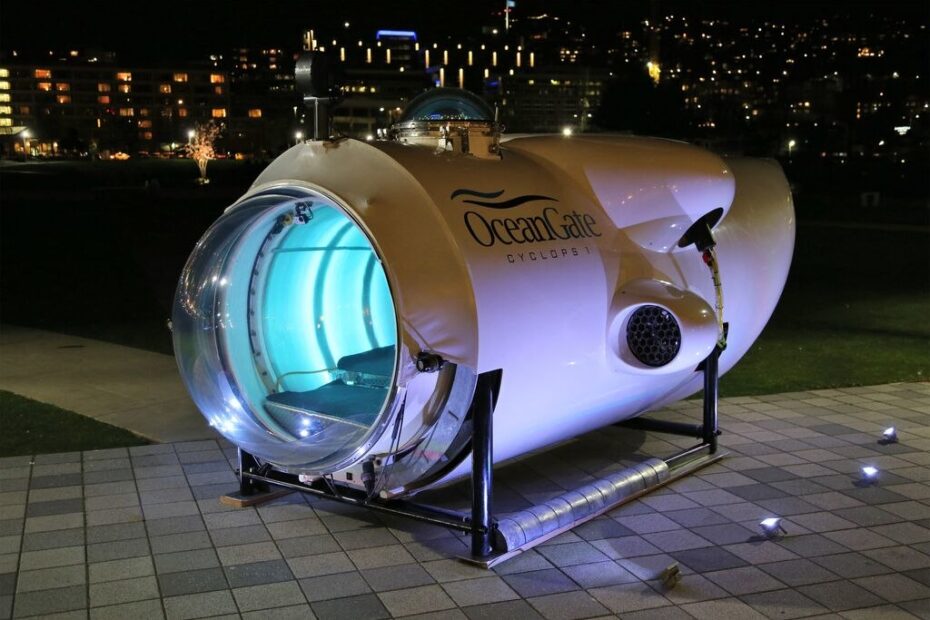Matthew Fiorenza also contributed to this blog post.
This week we have been following the story of the Titan submersible, an experimental vessel built by the company OceanGate. As we learned more about OceanGate and their philosophy around building a new type of ocean-going vessel, the more we realized they may have committed the mistakes we’re working to avoid with our Classification Rules Development Project.
We bungee jump because we trust the cord manufacturer. We skydive because we trust the person who packed the parachute. We go on cruise ships, and perhaps even more daring adventures because we believe even though it can be scary, it is safe enough to enjoy the risk.
The five adventurers most likely entered the Titanic Recreation Submarine with wide smiles and pounding hearts due to excitement. They fully trusted the company that sold them the tour, and the manufacturers who built the submarine.
We have nothing but sympathy for those who lost their lives and their families. Our goal is to make sure pioneering seasteaders do not have a similar fate.
What seasteaders must think about…
Most seasteaders balk at government interference, oversite, and regulation. They do so because they are wildly independent and want a life free from big brother. However, intelligent people learn from their own and others’ experience and mistakes.
For several months now, dedicated seasteading volunteers have been developing rules for building safe seasteads, a process to be overseen by a Classification Society. Classification societies certify that the construction of a vessel complies with relevant standards and carries out regular inspections to ensure continuing compliance. Included in these standards are equations for determining the amount of pressure a material can withstand and how to inspect the hull of a vessel.
Although seasteading supports innovation and experimentation, we do not support ignoring the experts who know and respect how dangerous the ocean is. OceanGate was warned by the Manned Underwater Vehicles committee of the Marine Technology Society that their submersible didn’t follow existing classification safety guidelines.
Seasteaders are on the edge of innovation, but innovation cannot ignore physics. Our goal is to create a community of seasteaders who can provide many layers of support and disaster response in case of an emergency. Our first step is to develop Classification rules for seastead vessels and have them approved by naval engineering experts.

